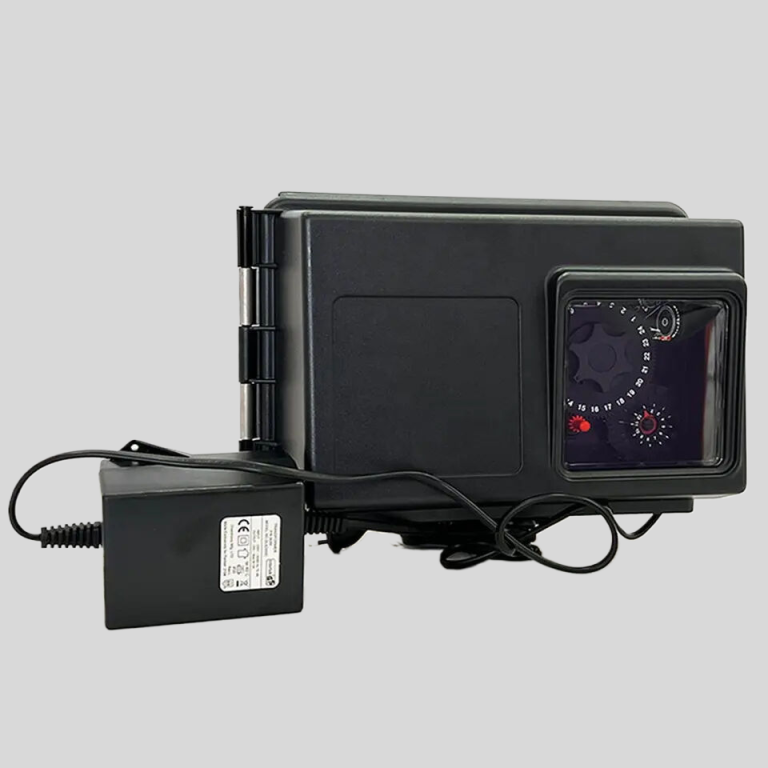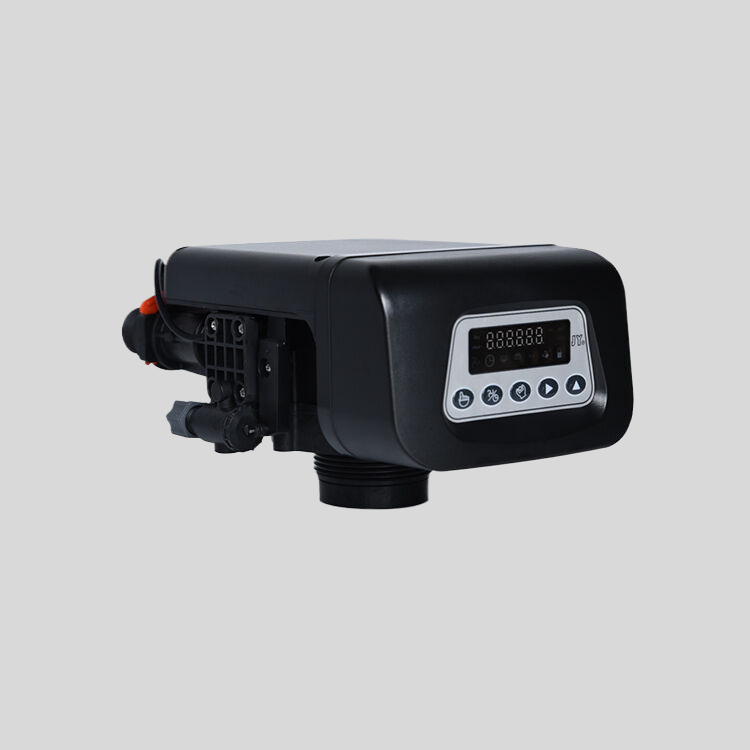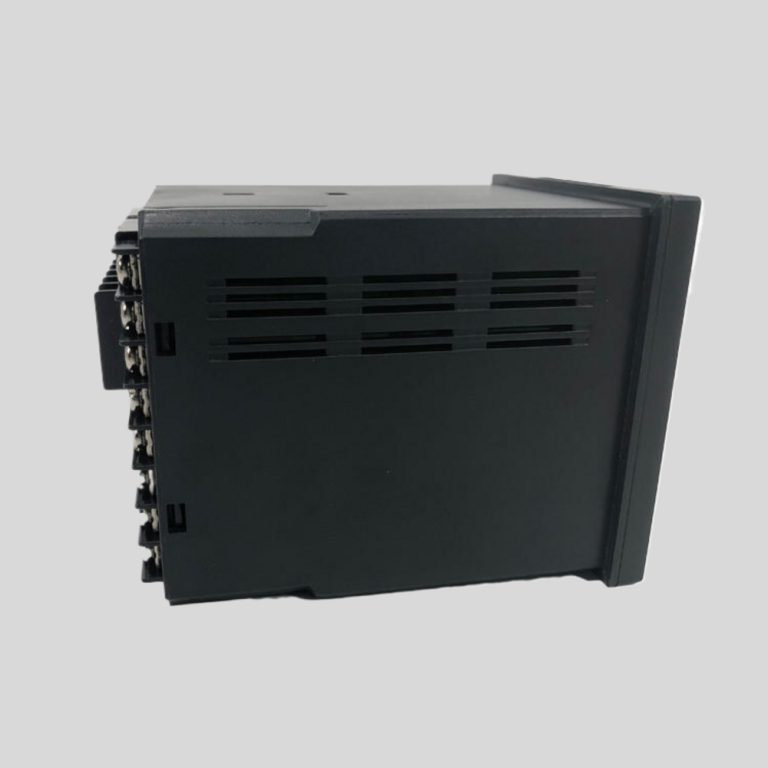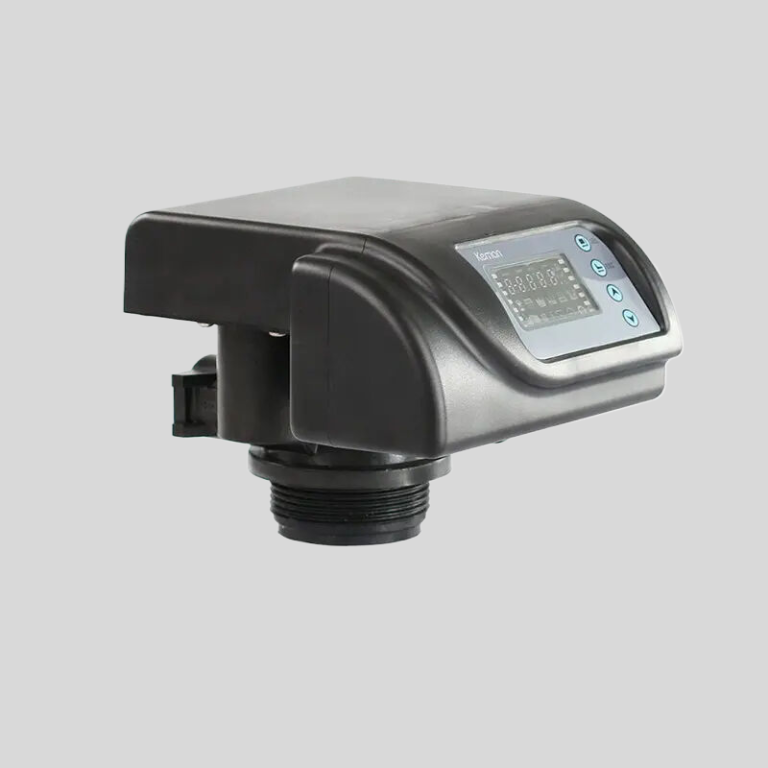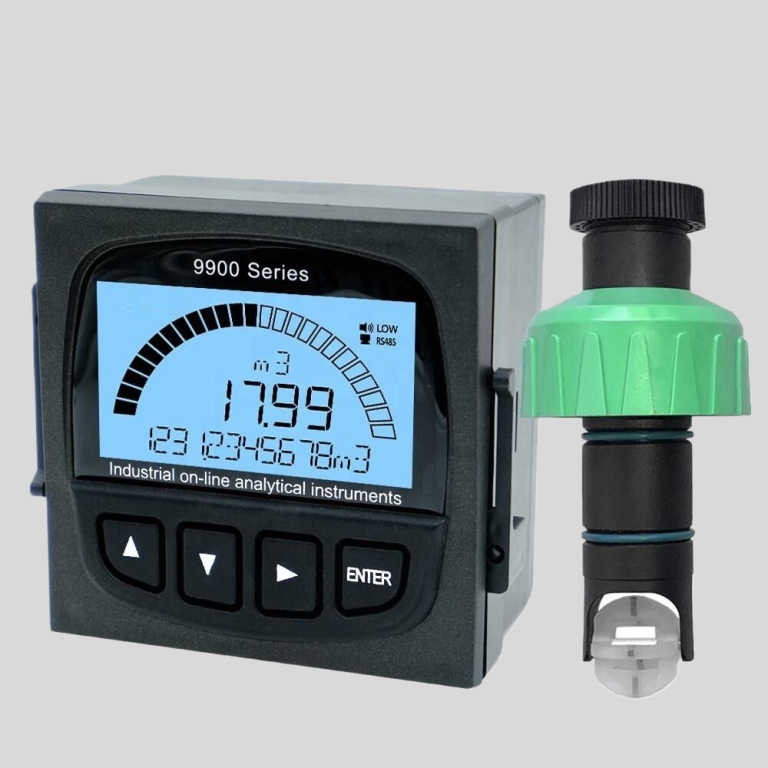“Cleanse. Purify. Refresh. Discover the magic of water filtration.”
The Process of Water Filtration: A Comprehensive Guide
Water filtration is a crucial process that ensures the removal of impurities and contaminants from water, making it safe for consumption and various other purposes. This comprehensive guide will delve into the intricate process of water filtration, shedding light on the various stages involved and the mechanisms at play.
| Model | MSD2 | MSD4 | MSD4-B | MSD10 | ASD2 -LCD/LED | ASD4-LCD/LED | ASD10-LED |
| Working Position | Service->Back wash->Brine and slow rinse->Fast rinse->Refill->Service | ||||||
| Regeneration mode | Manual | Automatic | |||||
| Inlet | 3/4” | 1” | 1” | 2” | 1/2”, 3/4”, 1” | 1/2”, 3/4”, 1” | 2” |
| Outlet | 3/4” | 1” | 1” | 2” | 1/2”, 3/4”, 1” | 1/2”, 3/4”, 1” | 2” |
| Drain | 1/2” | 1/2” | 1/2” | 1” | 1/2” | 1/2” | 1” |
| Base | 2-1/2” | 2-1/2” | 2-1/2” | 4” | 2-1/2” | 2-1/2” | 4” |
| Riser pipe | 1.05”OD | 1.05”OD | 1.05”OD | 1.5”D-GB | 1.05”OD | 1.05”OD | 1.5”D-GB |
| Water Capacity | 2m3/h | 4m3/h | 4m3/h | 10m3/h | 2m3/h | 4m3/h | 10m3/h |
| Working Pressure | 0.15-0.6MPa | ||||||
| Working Temperature | 5-50°C | ||||||
| Power Supply | No Need Power | AC100-240V/50-60Hz DC12V-1.5A | |||||
The first stage of water filtration is known as coagulation. During this stage, chemicals such as aluminum sulfate or ferric chloride are added to the water. These chemicals cause impurities and particles to clump together, forming larger particles called floc. Coagulation is a vital step as it helps in the removal of suspended solids and organic matter from the water.
Following coagulation, the water enters the second stage of filtration, known as sedimentation. In this stage, the water is allowed to sit undisturbed in large tanks, allowing the floc to settle at the bottom. The clear water at the top is then carefully extracted, leaving behind the sediment. Sedimentation is a crucial step as it removes a significant portion of the impurities present in the water.
The next stage in the water filtration process is filtration itself. During this stage, the water passes through various filtration media, such as sand, gravel, and activated carbon. These media act as physical barriers, trapping and removing smaller particles and impurities that may have escaped the previous stages. Filtration is a highly effective method of removing suspended solids, bacteria, and other harmful contaminants from the water.
After filtration, the water undergoes disinfection to eliminate any remaining bacteria, viruses, or other microorganisms. Chlorine is commonly used as a disinfectant, as it effectively kills most pathogens. However, other disinfection methods, such as ultraviolet (UV) radiation or ozonation, may also be employed depending on the specific requirements and regulations.
Once the water has been disinfected, it is essential to ensure its quality is maintained during storage and distribution. This is achieved through the addition of chemicals called corrosion inhibitors, which prevent the water from corroding the pipes and leaching harmful substances into the water. Additionally, pH adjustment may be necessary to maintain the water’s acidity or alkalinity within acceptable limits.
It is worth noting that water filtration systems can vary in complexity and scale depending on the source and intended use of the water. For example, large-scale municipal water treatment plants employ advanced filtration techniques and multiple stages to ensure the highest quality water for public consumption. On the other hand, smaller residential filtration systems may utilize simpler methods, such as activated carbon filters or reverse osmosis.
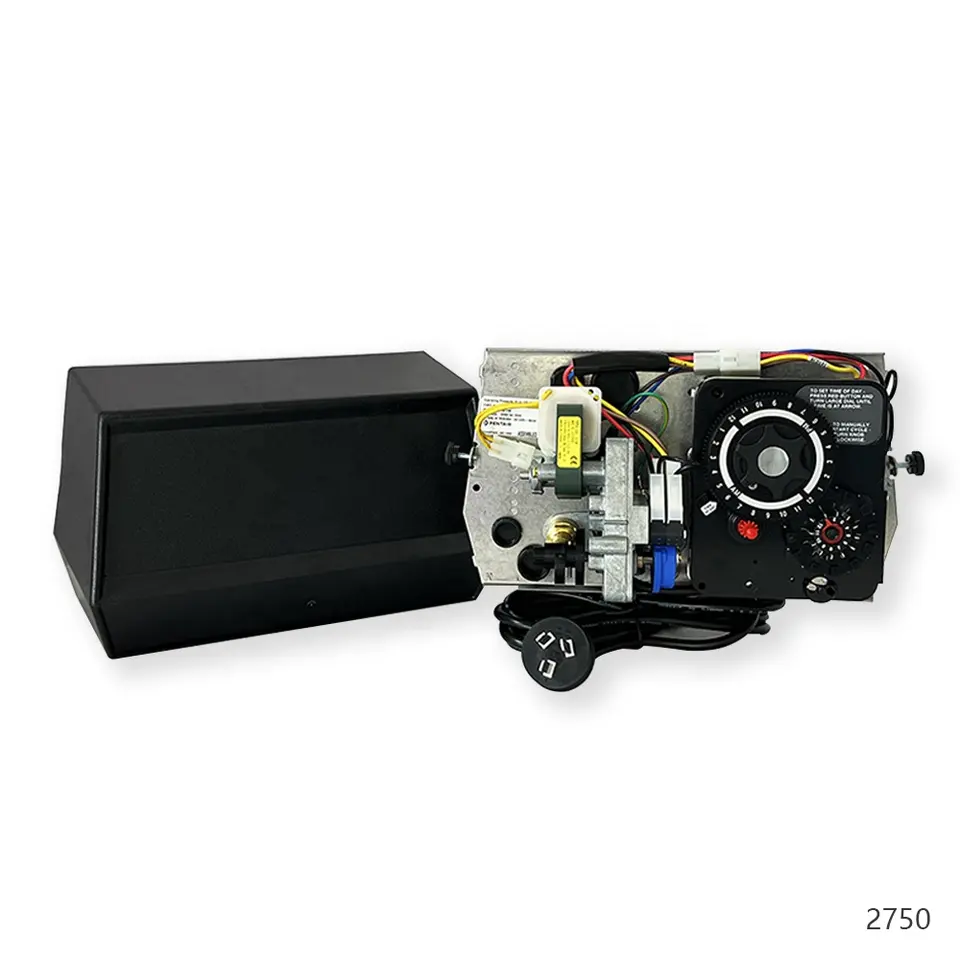
In conclusion, water filtration is a multi-stage process that involves coagulation, sedimentation, filtration, disinfection, and water quality maintenance. Each stage plays a crucial role in removing impurities and contaminants, ensuring the water is safe for consumption and other purposes. Understanding the intricacies of water filtration is essential for appreciating the efforts and technologies involved in providing clean and safe water to communities worldwide.

